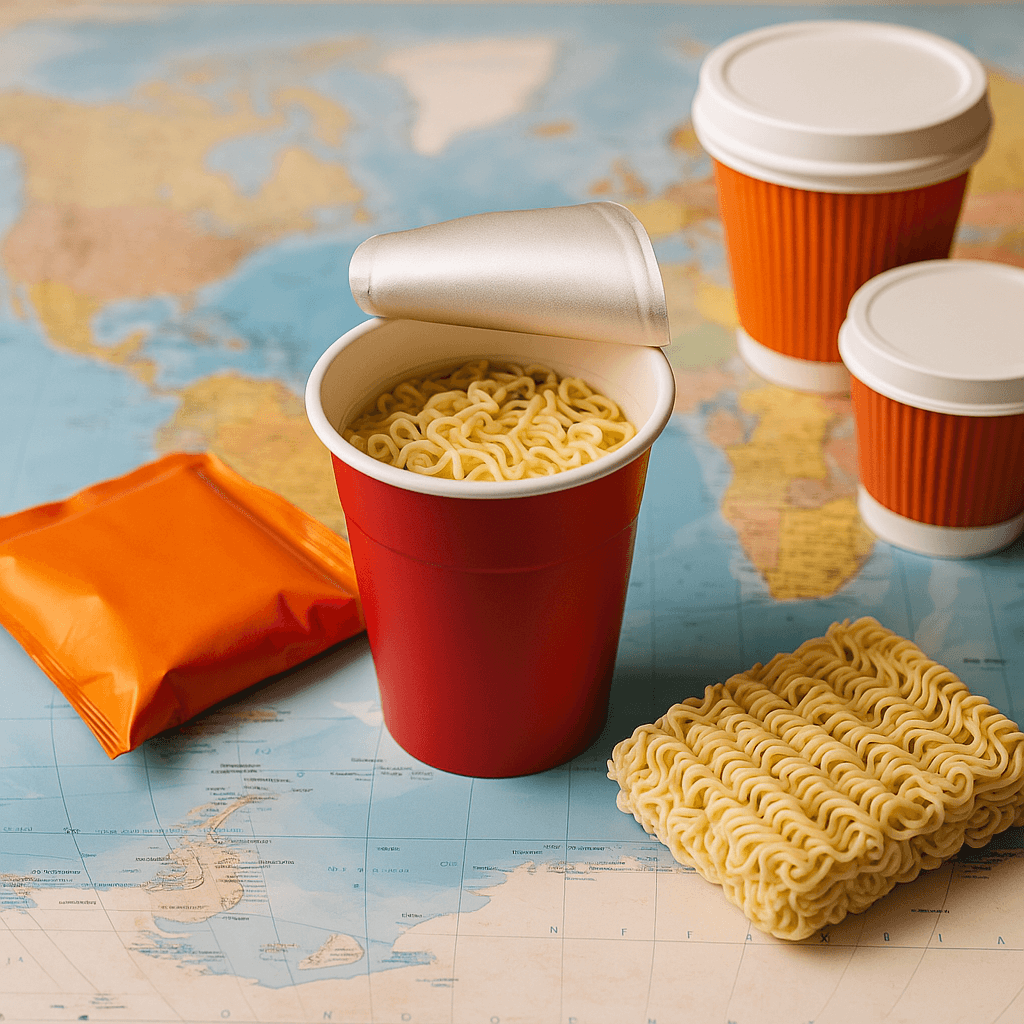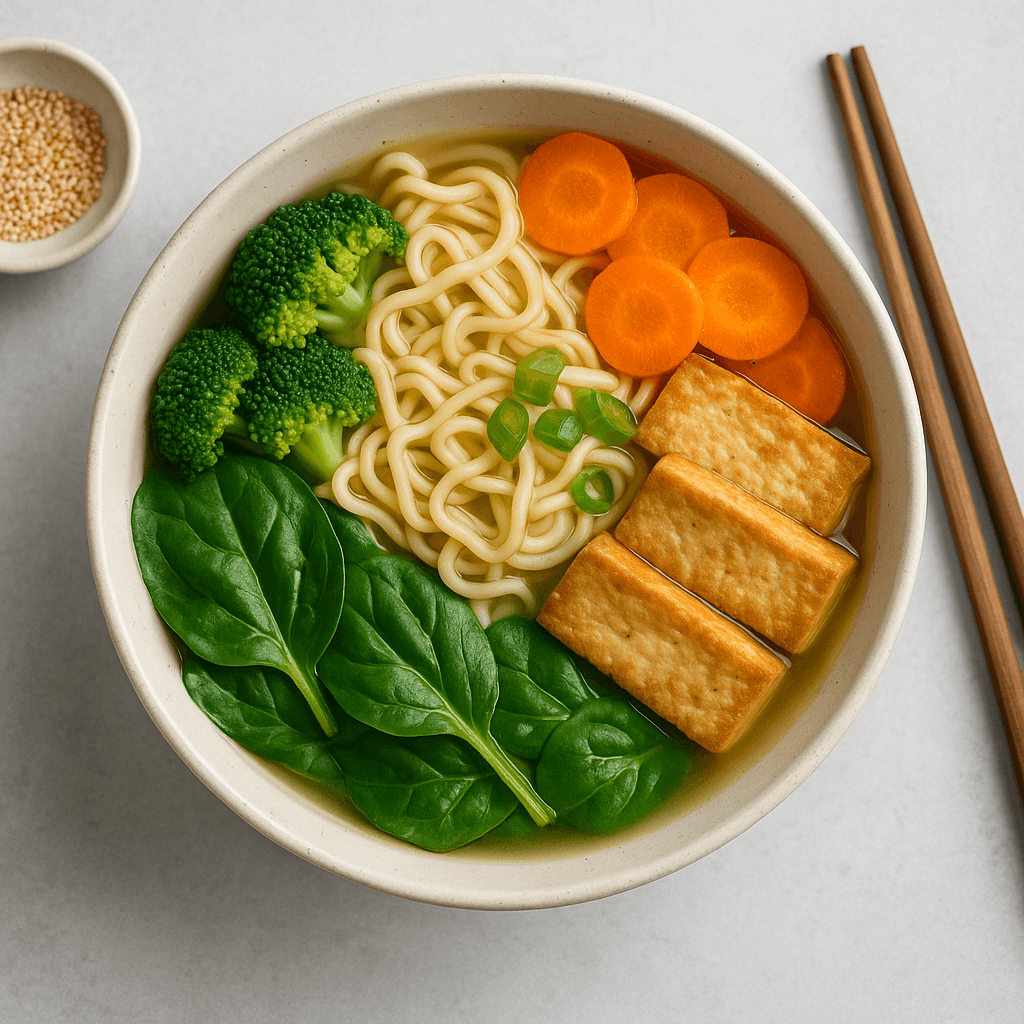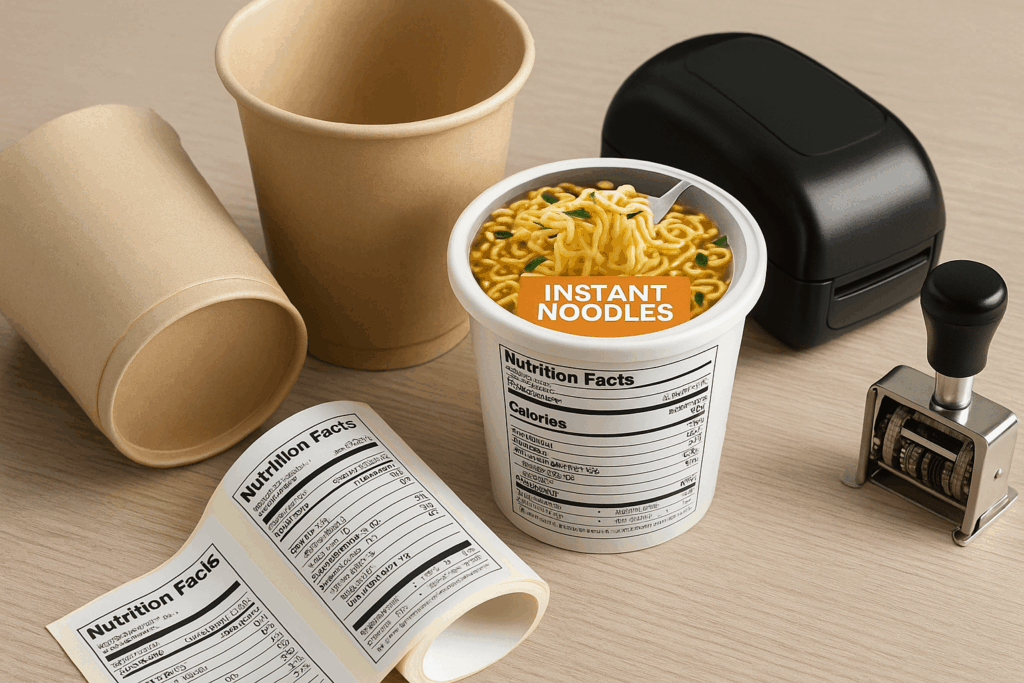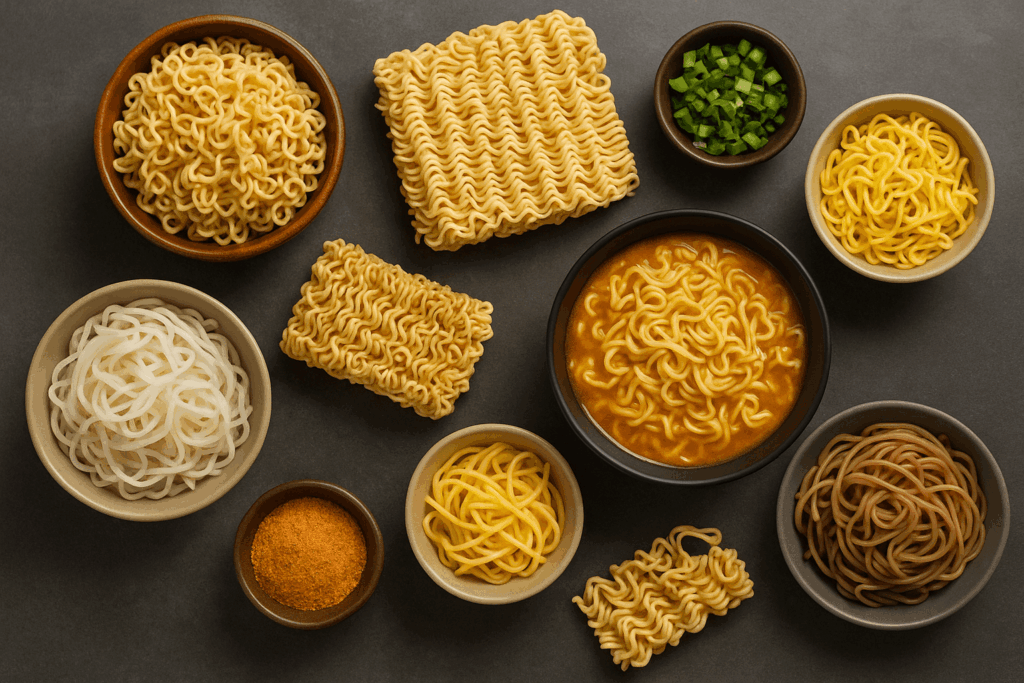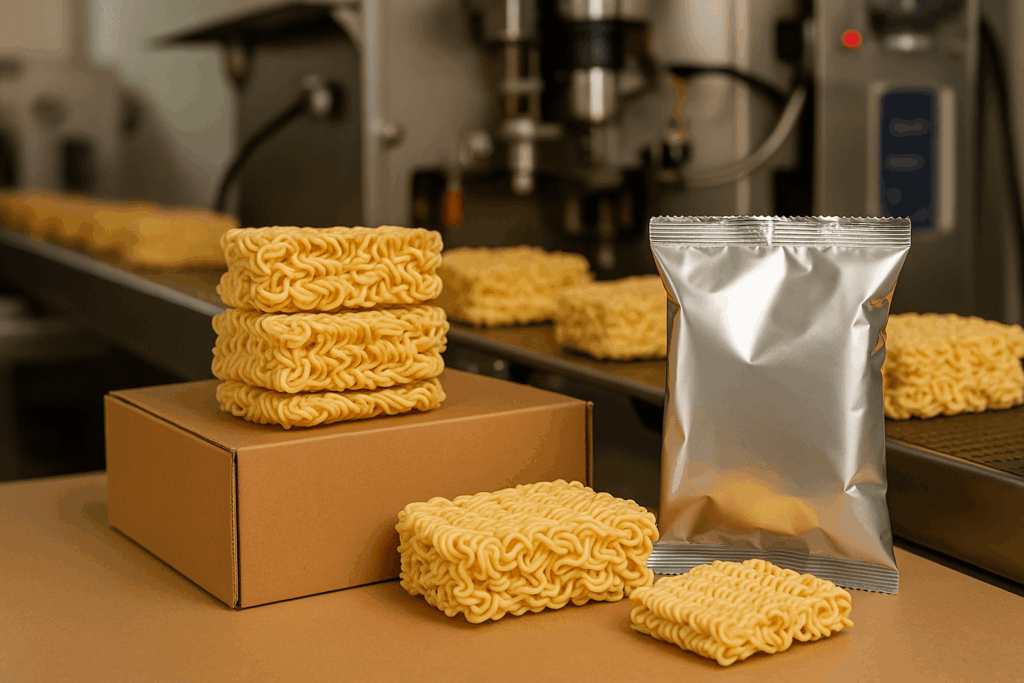Why Smart Pricing is Critical for Global Expansion
No matter how innovative your instant noodle product is, misaligned pricing can kill its market potential. Pricing needs to reflect local purchasing power, retail margins, positioning, and supply chain cost.
At Kimdee, we help OEM clients develop a region-specific SKU pricing model optimized for profitability, compliance, and buyer expectations.
1. Know Your Cost Breakdown Before Setting Price
Your OEM cost includes:
Ingredient and seasoning formula
Packaging materials (cup, pouch, eco vs. plastic)
Labor, QC, and factory markup
Documentation, export handling, and freight (FOB or CIF)
📊 Use margin-based pricing logic to work backward from the target retail price.
🔗 Reference: Investopedia – Cost-Based Pricing
2. Understand Retail Expectations by Market
| Region | Entry Price | Mid-Tier | Premium |
|---|---|---|---|
| Southeast Asia | $0.30–$0.70 | $0.90–$1.20 | $1.50+ |
| Middle East | $0.80–$1.20 | $1.50–$2.00 | $2.50+ |
| UK / EU | $1.20–$1.80 | $2.00–$2.80 | $3.50+ |
| USA / Amazon | $1.50–$2.50 | $3.00–$4.00 | $5.00+ |
💡 Adjust portion size (60g vs 100g) and product format (cup vs pouch) to match expected price tiers.
3. Factor In Retailer & Distributor Margins
On average:
Distributor margin: 15–30%
Retailer margin: 30–50%
eCommerce fees: 10–20% (Amazon, Shopee)
Use this formula:
Retail Price = (Total OEM Cost ÷ (1 – Combined Margin %))
📘 Example:
If your OEM + export cost is $0.70 and the combined margin is 65%,
→ Retail price should be $2.00 USD
🔗 Tool: Shopify Product Pricing Calculator
4. Align Price With Value Perception
Consumers pay more for:
High-protein, vegan, or clean-label
Limited edition, chef-developed flavors
Eco-packaging or QR traceability
Country of origin story (e.g., “Hong Kong-style noodles”)
📦 Kimdee supports premium SKU development to justify higher price points.
5. Test & Adjust by Channel
Different sales channels = different pricing logic:
Retail chains: Stable pricing, volume-based discounts
Online marketplaces: Bundled pricing (3-pack, 5-pack)
Distributors: Export-friendly margins + flexible MOQ
Direct-to-consumer (DTC): Highest markup, but requires fulfillment planning
🔗 Insight: Statista: Global eCommerce Share in Food
Need Help Pricing Your Private Label SKU?
Kimdee works with clients to model cost, align pricing with global channels, and develop winning SKUs for both retail and export.
📩 Email: carlng@kimdeefoods.com
🔗 Learn more: Kimdee OEM Services
FAQ
Q1: Should I use the same price for all markets?
No. Adjust pricing by region, buyer income, and SKU strategy.
Q2: Does Kimdee help with pricing strategy?
Yes. We provide cost modeling based on OEM, freight, and retail margin assumptions.
Q3: How do I handle pricing for Amazon vs. supermarket?
Use bundled pricing for Amazon, and per-unit pricing for retail distributors.
Q4: What’s a good gross margin target?
Aim for 60–70% combined markup to cover all B2B and B2C layers.


